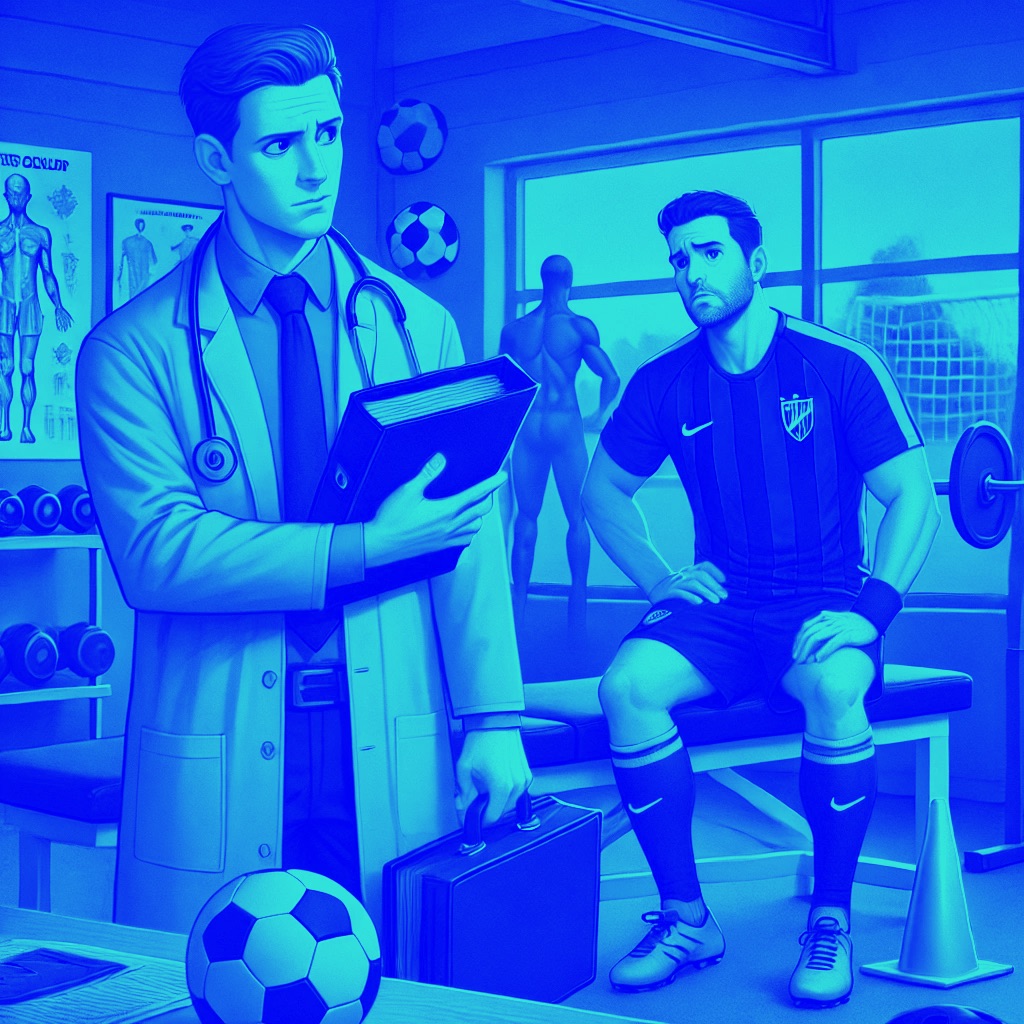“The hands that help are far better than lips that pray”
As an immediate follow-up to the ‘context’ post, I wish to use this quote from the agnostic Robert G. Ingersoll as a stepping point for further comment on the importance of applying practical wisdom and pragmatism when it comes to making decisions in the high-performance setting. Wisdom is defined as the “ability to think and act using knowledge, experience, understanding, common sense and insight”. Pragmatism refers to “an approach that evaluates theories or beliefs in terms of the success of their practical application”. In our highly-complex elite setting, where context drives decisions over pure logic and rational thinking, and where applying strict science is a never-ending challenge for the reasons mentioned, applying wisdom and pragmatism is often the only solution we can use to get things done. More often than we could ever fathom from the outside or during our university degree, practitioners need to make important trade-offs between science and best practices in order to move forward and get the job done. In the end for me, a done something is better than a perfect nothing!

To illustrate my point, I provide Table 1 to outline several examples of situations where the science can be difficult or sometimes impossible to apply in the elite setting – and suggest pragmatic actions in relation to each specific context, mostly based on a cost/benefit assessment.
Table 1. Science vs. pragmatism in the high-performance setting.
While the examples provided in the above table are not all directly related to HIIT, they serve to illustrate the approach we have consistently used when preparing our HIIT book and course. As already alluded to, these complementary materials have been designed primarily to bridge the gap between research and applied practice. The tools being offered through HIIT Science are our attempt to put more sport back into today’s sport science.
Across 9 individual and 11 team-based sports (Table 2), world-leading coaches and high performance practitioners each describe their sport in detail and the factors they see as leading to successful outcomes for their teams and athletes. From this basis, the targets of physical performance in the sport are established, leading logically to the key HIIT weapons and manipulations most often used as part of their craft. Finally, the pragmatic incorporation of HIIT, along with their surveillance methods and training plan examples are provided, including entertaining case studies that offer insight into the real-life demands in the high-performance setting. We hope the work will inspire a future generation of sport scientists to grasp the model of pragmatic application from the concepts learned, in order to enhance their chance of being an effective staff member in their sporting organizations.
Table 2. The individual and team sports covered, where established high-performance practitioners tell us how they pragmatically apply their HIIT Science.
References.
- Silva, J.R., et al., Acute and Residual Soccer Match-Related Fatigue: A Systematic Review and Meta-analysis. Sports Med, 2018. 48(3): p. 539-583.
- Carling, C., et al., Monitoring of Post-match Fatigue in Professional Soccer: Welcome to the Real World. Sports Med, 2018.
- Lacome, M., B.M. Simpson, and M. Buchheit, Part 1: Monitoring training status with player-tracking technology. Still on the way to Rome. Aspetar Journal, 2018(7): p. 54-63.
- Lacome, M., B.M. Simpson, and M. Buchheit, Part 2: Monitoring training status with player-tracking technology. Still on the way to Rome. Aspetar Journal, 2018(7): p. 64-66.
- Gabbett, T.J., The training-injury prevention paradox: should athletes be training smarter and harder? Br J Sports Med, 2016. 50(5): p. 273-80.
- Buchheit, M., Applying the acute:chronic workload ratio in elite football: worth the effort? Br J Sports Med, 2017. 51(18): p. 1325-1327.
- Bahr, R., K. Thorborg, and J. Ekstrand, Evidence-based hamstring injury prevention is not adopted by the majority of Champions League or Norwegian Premier League football teams: the Nordic Hamstring survey. Br J Sports Med, 2015. 49(22): p. 1466-71.
- Mendez-Villanueva, A., et al., MRI-Based Regional Muscle Use during Hamstring Strengthening Exercises in Elite Soccer Players. PLoS One, 2016. 11(9): p. e0161356.
- Buchheit, M., et al., Injury rate and prevention in elite football: let us first search within our own hearts. Br J Sports Med, 2018.
- Machado, A.F., et al., Can Water Temperature and Immersion Time Influence the Effect of Cold Water Immersion on Muscle Soreness? A Systematic Review and Meta-Analysis. Sports Med, 2016. 46(4): p. 503-14.
- Buchheit, M., Houston, We Still Have a Problem. Int J Sports Physiol Perform, 2017. 12(8): p. 1111-1114.
- Buchheit, M. and B.M. Simpson, Player tracking technology: half-full or half-empty glass? . Int J Sports Physiol Perform, 2017. 12((Suppl 2)): p. S235-S241.
- Achten, J. and A.E. Jeukendrup, Heart rate monitoring: applications and limitations. Sports Med, 2003. 33(7): p. 517-38.
- Buchheit, M. and P.B. Laursen, High-intensity interval training, solutions to the programming puzzle: Part I: cardiopulmonary emphasis. Sports Med, 2013. 43(5): p. 313-338.
- Buchheit, M., Monitoring training status with HR measures: do all roads lead to Rome? Front Physiol, 2014. 27(5): p. 73.



